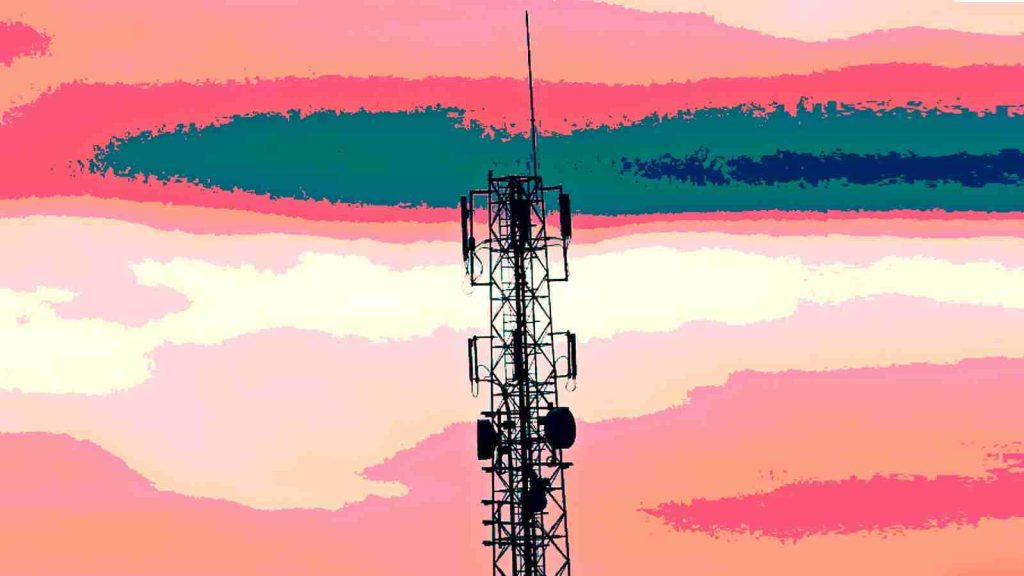
CISA and the NSA shared guidance on securing cloud-native 5G networks from attacks seeking to compromise information or deny access by taking down cloud infrastructure.
The two federal agencies issued these recommendations for service providers and system integrators that build and configure 5G cloud infrastructure, including cloud service providers, core network equipment vendors, and mobile network operators.
The guidance, released as a four-part series, builds on a white paper released in May 2021 by the Enduring Security Framework (ESF) following the 5G study group, which explored potential threat vectors and vulnerabilities inherent to 5G networks.
Also Read: Got A Notice of Data Breach? Don’t Panic!
It’s also the direct result of engaging with experts across government and industry to identify risks impacting 5G security.
“5G networks, which are cloud-native, will be a lucrative target for cyber threat actors who wish to deny or degrade network resources or otherwise compromise information,” the joint advisory says.
“To counter this threat, it is imperative that 5G cloud infrastructures be built and configured securely, with capabilities in place to detect and respond to threats, providing a hardened environment for deploying secure network functions. “
The first part of the guidance, published today, focuses on mitigating lateral movement attempts by threat actors who have breached a 5G cloud system.
CISA and the NSA said that 5G service providers and system integrators could implement the following measures to block and detect lateral movement in the 5G cloud:
Additional info on potential threat vectors to 5G infrastructure can be found in this whitepaper released by CISA, in coordination with the NSA, and the Office of the Director of National Intelligence, as part of the ESF cross-sector public-private working group in May.
Also Read: A Review of PDPC Undertakings July 2021 Cases
The whitepaper provides an overview of 5G threat vectors and detailed information on policy and standards threat scenarios, supply chain threat scenarios, and 5G systems architecture threat scenarios.
“Service providers and system integrators that build and configure 5G cloud infrastructures who apply this guidance will do their part to improve cybersecurity for our nation,” said Rob Joyce, NSA Cybersecurity Director.
The next three parts of security guidance for 5G cloud infrastructure will focus on:
European Union (EU) member states also published a coordinated risk assessment on the security of 5G networks two years ago, in October 2019.
The report identified the main threats and threats actors, the most sensitive assets, and the principal security vulnerabilities that could be used to compromise them.
The 5G security risk assessment report highlights the hazards behind using a single equipment supplier, with the shortage of equipment and 5G solutions diversity greatly extending the overall vulnerability of 5G infrastructure if a large number of operators use equipment from suppliers presenting a high degree of risk.
Security challenges linked to5G networks are also associated with connections between networks and third-party systems, as well as to the increased access third-party suppliers will have to nations’ 5G networks.
The EU’s report outlined the following security consequences stemming from the roll-out of 5G networks within EU member states:
Additional information is available in EU member states’ joint report on 5G cybersecurity risks, including details on vulnerabilities, risk scenarios, and mitigating measures/security baseline.
Importance of Efficient Access Controls that every Organisation in Singapore should take note of. Enhancing…
Prioritizing Security Measures When Launching a Webpage That Every Organisation in Singapore should take note…
Importance of Regularly Changing Passwords for Enhance Online Security that every Organisation in Singapore should…
Comprehensive Approach to Data Protection and Operational Integrity that every Organsiation in Singapore should know…
Here's the importance of Pre-Launch Testing in IT Systems Implementation for Organisations in Singapore. The…
Understanding Liability in IT Vendor Relationships that every Organisation in Singapore should look at. Understanding…
This website uses cookies.